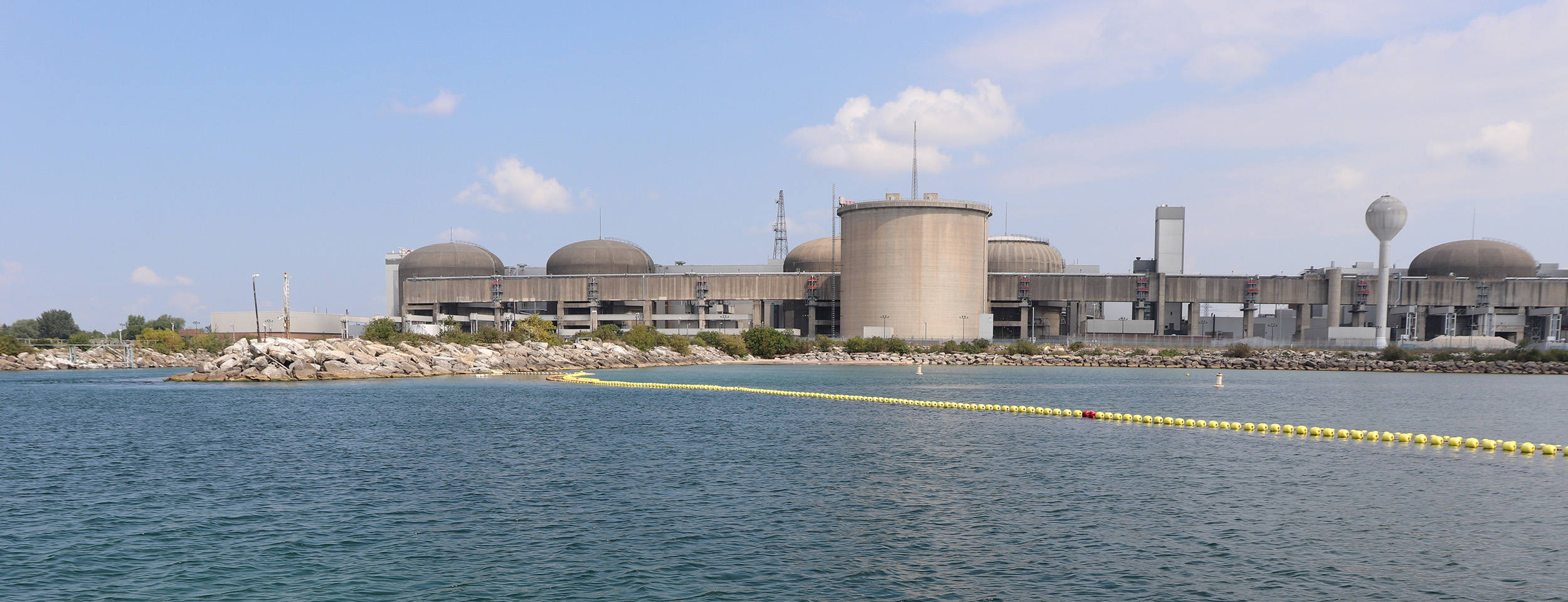Ryan Hu (11) l STAFF REPORTER
On the 26th of April, 1986, the No. 4 reactor of the Chernobyl Nuclear Power Plant suffered an explosion. The accident created a zone that may remain uninhabitable for thousands of years and nearly bankrupted the then-Soviet Union to clean up. It is no wonder, then, that there has been much backlash to the growth of nuclear power since the 1950s. However, the benefits of nuclear power are more important than ever and is a crucial part of the climate solution.
Nuclear power yields undeniable benefits in its output and efficiency. A single one-inch tall uranium pellet can produce the same amount of energy as 17,000 cubic feet of natural gas, 120 gallons of oil or one ton of coal. It can also produce an equal amount of energy to three million solar panels or 431 wind turbines. Nuclear energy is one million times cleaner than any other non-renewable energy source while producing more energy and being more reliable than any renewable energy source.
Despite these indisputable benefits, there are several challenges to nuclear power, most of which are simply perceived. One criticism of nuclear energy is that it expels harmful radiation in the atmosphere, which simply isn’t true. Nuclear energy produces far less radiation than coal, the burning of which directly releases impure radioactive material found in coal. In fact, several countries extract uranium from coal.
Another criticism is waste disposal, as radioactive waste may stay dangerous for hundreds of years. However, a typical nuclear power plant only produces three cubic metres in high-level radioactive waste, and about 96% of spent nuclear fuel can be recycled. The wastes that cannot be recycled are sealed away in underground repositories. These wastes, however, are are so un-radioactive that it would not affect the environment in the event of a leak.
The single biggest risk of a nuclear power plant is that of a meltdown. The three major reactor accidents in history, Chernobyl in 1984, Fukushima Daiichi in 2011 and the Three Mile Island accident of 1979, have caused considerable debate as to their true death tolls. 30 people died from the initial blast in Chernobyl and zero from Fukushima Daiichi, but death tolls due to radiation-induced cancer among civilian populations are debatable. Instead, 6,500 cases of thyroid cancer were attributed to Chernobyl, although, luckily, thyroid cancer has a five-year survival rate of 98%. No studies have linked Chernobyl to health issues in countries outside of the immediately effected zones.
In the absolute worst case scenarios, exclusion zones hundreds of square kilometres large were created. Currently, Chernobyl is still considered unsafe to live in, while much of the zone in Fukushima has been lifted. These disasters can be attributed to human-error for Chernobyl and the Three Mile Island, and a magnitude 9.0 earthquake and tsunami for Fukushima. Although nuclear disasters can have far-reaching consequences, the safety of nuclear energy will only increase after each accident. Most recently, the Fukushima disaster of 2011 was a wakeup call for the nuclear industry and lead to a new wave of safety regulations and features, especially as detractors of nuclear energy grew.
Regardless of the risks, nuclear energy is the most energy-dense source we currently have, while not directly producing carbon dioxide and being nearly renewable. The invention of nuclear fusion power, research into which has been ongoing since the 1940s, promises to produce even more power while being less radioactive and safer for workers. While the risks of nuclear energy are understandable, the progress of the past seven decades has made nuclear safer than ever. On the other hand, while renewable energy may be cheaper on a smaller scale, it simply cannot match the output and efficiency of nuclear power. Consequently, nuclear energy is the clear solution for the environment and is the only viable replacement for fossil fuels.



